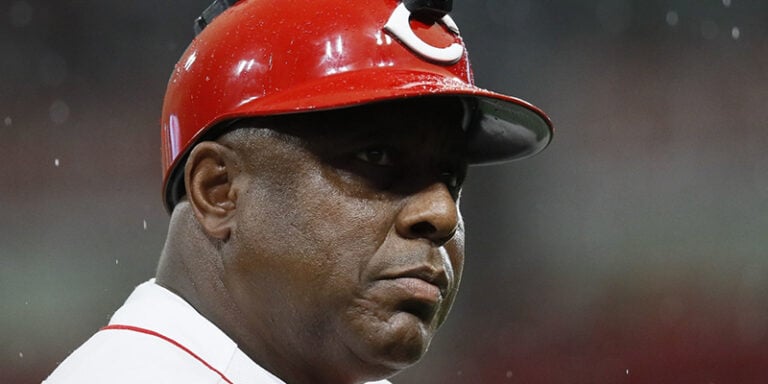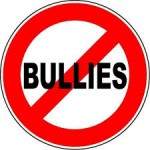This column on bullying in schools will run periodically on NKyTribune.
By Melissa Martin
Special to NKyTribune
How does bullying happen in a classroom with a teacher present? Ask your kids. They probably already know.
MaryAnn Byrne, an Olweus Bullying Prevention consultant reports, “My experience as a trainer of trainers has shown me that the most common place for bullying to occur is in the classroom with the teacher present.” The cafeteria, Physical Education class, the playground, and the bus follow suit. Visit www.bullyingeducation.org. Her information is from bullying surveys completed by students at schools.
But, how does bullying happen with a teacher in the room? Kids tell me that bullies knock books and pencils off desks and pretend it was an accident. Or flip the back of heads when the teacher’s head is turned away. Or whisper derogatory names. Or silently mouth threatening words. Or laugh and roll eyes when a student is discussing a topic in class. Students who bully talk in class before the bell rings and after the bell rings as they walk out the door. Among the chattering students a teacher cannot hear the malicious side conversations.
Warning Signs of Bullying
Your student may be bullied if he or she:
‣ Leaves school with torn, damaged or missing clothing, books or other belongings
‣ Has unexplained cuts, bruises, and scratches
‣ Have few, if any, friends with whom to spend time
‣ Seems afraid to be in school, leave school, ride the school bus, or take part in organized activities with peers
‣ Has lost interest in school work or suddenly begins to perform poorly
‣ Appears sad, moody, teary or depressed
‣ Complains frequently of headaches, stomach aches, or other physical ailments
‣ Avoids the cafeteria and/or doesn’t eat
Source: Southern Poverty Law Center
Signs a Child is Bullying Others
Kids may be bullying others if they:
‣ Get into physical or verbal fights
‣ Have friends who bully others
‣ Are increasingly aggressive
‣ Get sent to the principal’s office or to detention frequently
‣ Have unexplained extra money or new belongings
‣ Blame others for their problems
‣ Don’t accept responsibility for their actions
‣ Are competitive and worry about their reputation or popularity
Types of Bullying
Three types of bullying are listed at www.stopbullying.gov.
Verbal bullying is saying or writing mean things and includes:
Teasing
Name-calling
Inappropriate sexual comments
Taunting
Threatening to cause harm
Social bullying, sometimes referred to as relational bullying, involves hurting someone’s reputation or relationships and includes:
Leaving someone out on purpose
Telling other children not to be friends with someone
Spreading rumors about someone
Embarrassing someone in public
Physical bullying involves hurting a person’s body or possessions and includes:
Hitting/kicking/pinching
Spitting
Tripping/pushing
Taking or breaking someone’s things
Making mean or rude hand gestures
What can Teachers Do?
Preventing Classroom Bullying: What Teachers Can Do is a booklet that provides guidelines to help school staff understand and manage the problem of bullying in school settings. Visit www.jimwrightonline.com/pdfdocs/bully/bullyBooklet.pdf.
Teachers need to: (1) assess the extent of the bullying problem in classrooms, (2) ensure the class understands what bullying is and why it is wrong, (3) confront any student engaged in bullying in a firm but fair manner, and (4) provide appropriate and consistent consequences for bullying.
Schools can ask children to complete an anonymous questionnaire that asks if they are bullied, whether they have witnessed bullying, and where and when bullying took place.
Wright, a school psychologist encourages teachers to change classroom layouts or rearrange seating to eliminate ‘blind spots’ where bullies can victimize students outside of view. Circulate frequently throughout the classroom and monitor student conversations and behavior.
Visit www.jimwrightonline.com/pdfdocs/bully/bullyBooklet.pdf, the National Association of Elementary School principals, for multiple articles about bullying in school.
Melissa Martin, Ph.D., is a child therapist, consultant and educator in Appalachia.



















